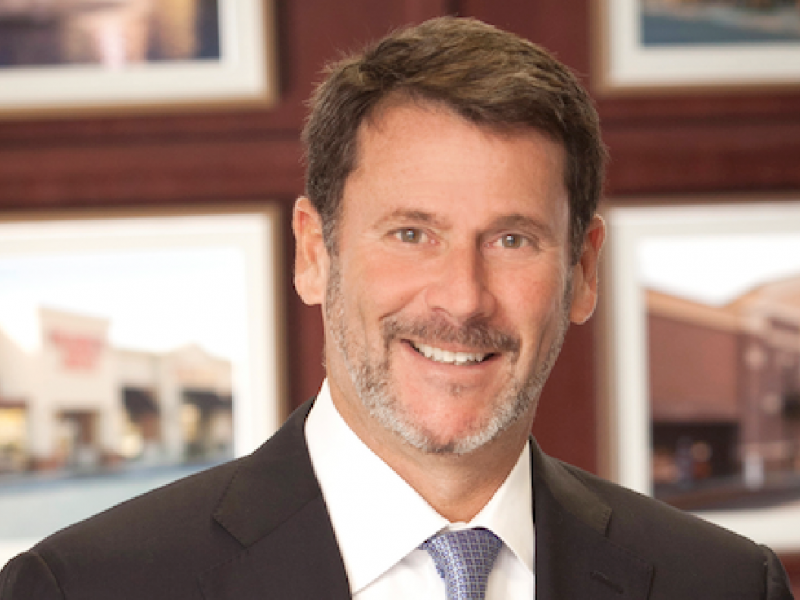David Harris

Planning & Allocations Committee Realigns Goals, Keeps Funding Flat for 2016: By John Silverman
By John Silverman, Vice President of Planning and Allocations, Jewish Federation of Cincinnati
The Jewish Federation of Cincinnati’s six-month planning and allocations process—this year comprising over 1,000 hours, 32 site visits, and 97 volunteers—all funnels down to answer this basic question: who should get the money our donors entrust to us? This past February we decided to evaluate how we answered that question, which has resulted in a new way to prioritize grant-giving, one in explicit alignment with our community’s long-term goals.
Here is the history: in February, the Planning and Allocations committee asked the board of the Jewish Federation to keep allocations flat for 2016 so that we could focus our energy on how we set our fiscal priorities. They agreed, so the Federation’s 2016 allocations will be the same as our 2015 allocations. The details can be found here.
Since the economic recession of 2008, Planning and Allocations volunteers had made allocations decisions based on priority levels. For instance, a Level 1 program was saving lives/taking care of vulnerable people in need; a Level 2 program had a significant, long-term impact on members of the community or the agency.
What now we would call a “reactive” mode was appropriate for the post-2008 climate, when our agencies and members of our community were hit hard by the economic recession, but times have changed. Our focus now is on building a strong, vibrant Jewish community; a future for our children and grandchildren, and a place where those in need can have a higher quality of services and programs.
We wanted to investigate how our grants were supporting the Cincinnati 2020 community initiatives. Run by the Jewish Federation, Cincinnati 2020 is our community’s collaboration, begun in 2010, to build an engaged and empowered Jewish community by the year 2020. Tedd Friedman, the chair of Cincinnati 2020, sums up its 10 goals as “more Jews, more engaged.” In other words, it aims to “increase the number of Cincinnatians engaged in Jewish life, enhance their well-being, and strengthen their Jewish identity.”
The goals, initially envisioned in 2010, were reevaluated and re-asserted just this past October, when the Jewish Federation convened 135 community volunteer and professional leaders from every local agency, congregation, and organization in a successful, engaging summit to revisit Cincinnati 2020 and establish or re-establish priorities for the next five years.
Our council members did their site visits with these community goals in mind. With input from our organizations our councils focused on gaining a greater in-depth knowledge of our organizations and how their work moves us closer to the goals put forth in Cincinnati 2020.
In the end, it has been a successful process and a successful year: we re-educated ourselves on how to think and talk with strategic goals in mind, and we verified that our dollars are supporting the breadth of Cincinnati 2020. I am looking forward to next year’s allocations process with the community’s goals also explicitly our own.
We also plan to add collective impact metrics, meaning we will find a way to measure improvement, including a way to measure impact across multiple agencies. For example, if we look at seniors, then we have a clear Cincinnati 2020, community-driven goal: “90% of Jewish clients over 65 will have the support needed to live independently and will report a high quality of life.”
If Jewish Family Service is helping those seniors living at home, and the Mayerson JCC is transporting them to programs at the JCC, and Cedar Village takes care of those seniors transitioning to a residential home, we have an opportunity to build seamless coordination and collaboration between these three agencies. This then allows us to determine how we can measure the improved quality of life for our seniors.

